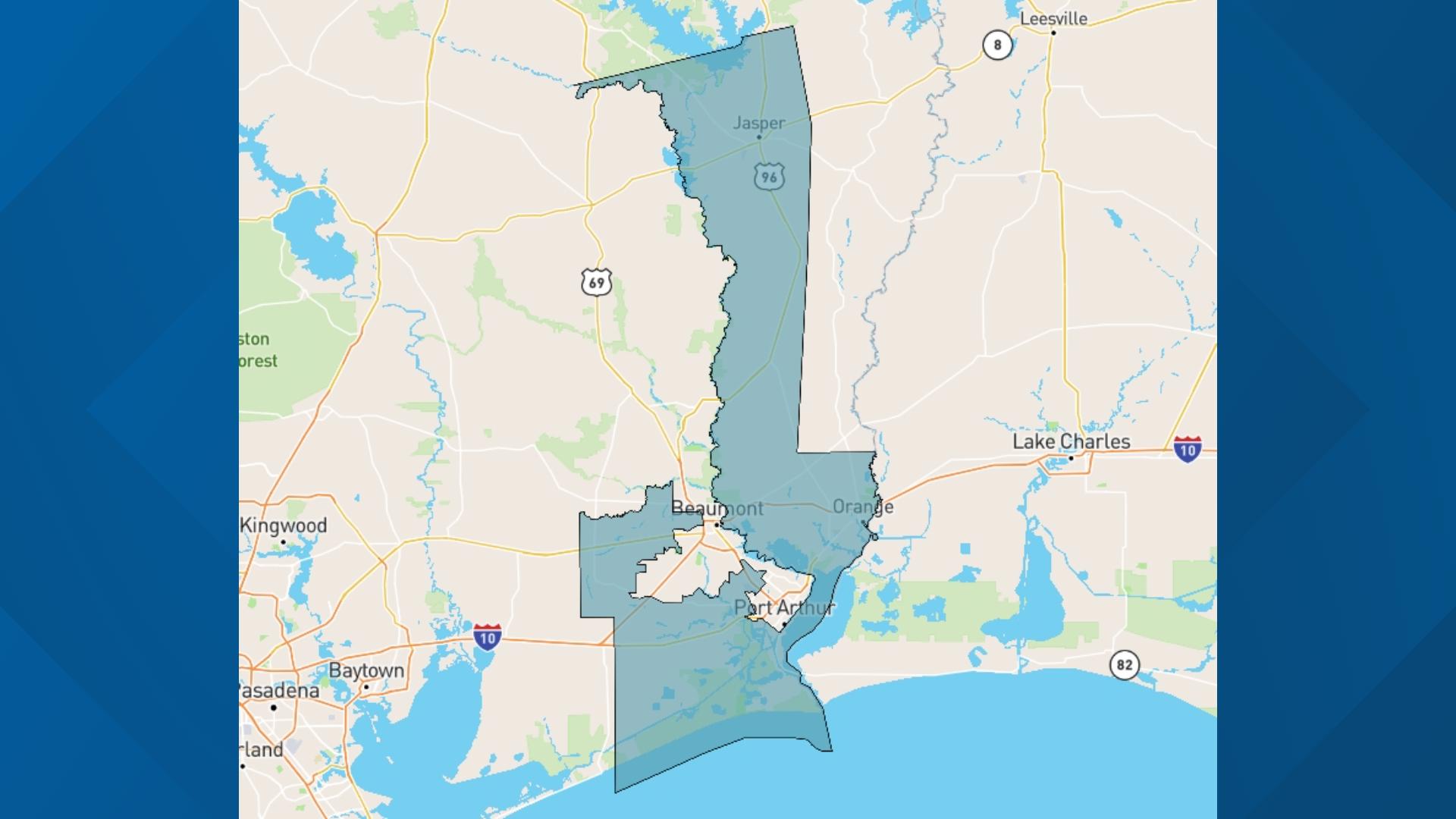The Coast Guard's only icebreaker began its mission to bring supplies to a remote station near the South Pole for Operation Deep Freeze in mid-January.
150 U.S. Coast Guard crew members on the Polar Star arrived in Antarctica January 17 along with a resupply vessel. The Coast Guard said the ship's mission, Operation Deep Freeze, is a joint military service effort to resupply McMurdo Station, the United States' main logistics hub on Antarctica.
The 399-foot, 13,000 ton icebreaker is the only ship in the United States’ fleet able to clear a path through 18 miles of ice to escort resupply ships to the station, delivering cargo and fuel to sustain year-round operations.
400 containers were scheduled to be offloaded from the supply ship this year, according to the Coast Guard.
The Polar Star, whose home port is Seattle, is a 42-year-old Coast Guard cutter. The ship is the United States' only operational heavy icebreaker, the Coast Guard said in a news release.
TRACK THE MISSION | Follow the Polar Star's Facebook page
Operation Deep Freeze is the crew's sixth deployment in six years to support the United State's main logistics hub in Antarctica, McMurdo Station.
The mission supports the National Science Foundation, which is the lead agency for the U.S.. Antarctic program.
The Coast Guard's Indo-Pacific Command has been giving assistance throughout the Antarctic continent since 1955.
Every year, the Polar Star's crew has to cut a path and navigate through ice sometimes 21-feet thick so that a resupply ship called the Ocean Giant can get to McMurdo Station, allowing the stations to stay operational throughout the year.
This year is the 63rd year of the Coast Guard's annual operation in Antarctica.
The U.S. Coast Guard has two icebreakers, Cutter Healy, a medium icebreaker, and the Polar Star.
"Protecting national interests in the Polar regions is essential to ensure the Coast Guard’s national defense strategy and search and rescue capabilities are ready for action," the Coast Guard said in a news release. "In order to do so, the icebreaker fleet requires modernization."
The Coast Guard said the Polar Star, which was commissioned in 1976, is showing its age. The ship is only used for Operation Deep Freeze once a year and then docked in Seattle for maintenance and repairs for next year's mission.
This year during deployment, the crew encountered a number of issues. One of the ship's electrical systems started smoking, damaging wiring in a switchboard. One of the ship's two evaporators to make drinking water failed due to the damage.
When the shaft that drives the ship's propeller leaked, the crew had to stop icebreaking operations to send scuba divers down into the water to repair the seal using a hyperbaric chamber loaned from the U.S. Navy.
The entire ship had several power outages while breaking ice. Crew members spend nine hours shutting down the ship's power plant and rebooting the electrical system to fix the problems.
The Coast Guard said if either icebreaker got stuck in the ice, either the Healy in the Arctic or the Polar Star in Antarctica, this would be a catastrophic event since the U.S. Coast Guard does not have a self-rescue capability.
However, Russia operates over 40 icebreakers and several of those ships are nuclear-powered, according to the Coast Guard.
The Coast Guard said they are working to add six new Polar Security Cutters to its icebreaking fleet to "ensure continued national presence and access to the polar regions."
“While we focus our efforts on creating a peaceful and collaborative environment in the Arctic, we’re also responding to the impacts of increased competition in this strategically important region,” said Admiral Karl Schultz, commandant of the U.S. Coast Guard.
“Our continued presence will enable us to reinforce positive opportunities and mitigate negative consequences today and tomorrow.”
The Polar Star docked in Pearl Harbor in December to make final preparations before sailing to Antarctica.





